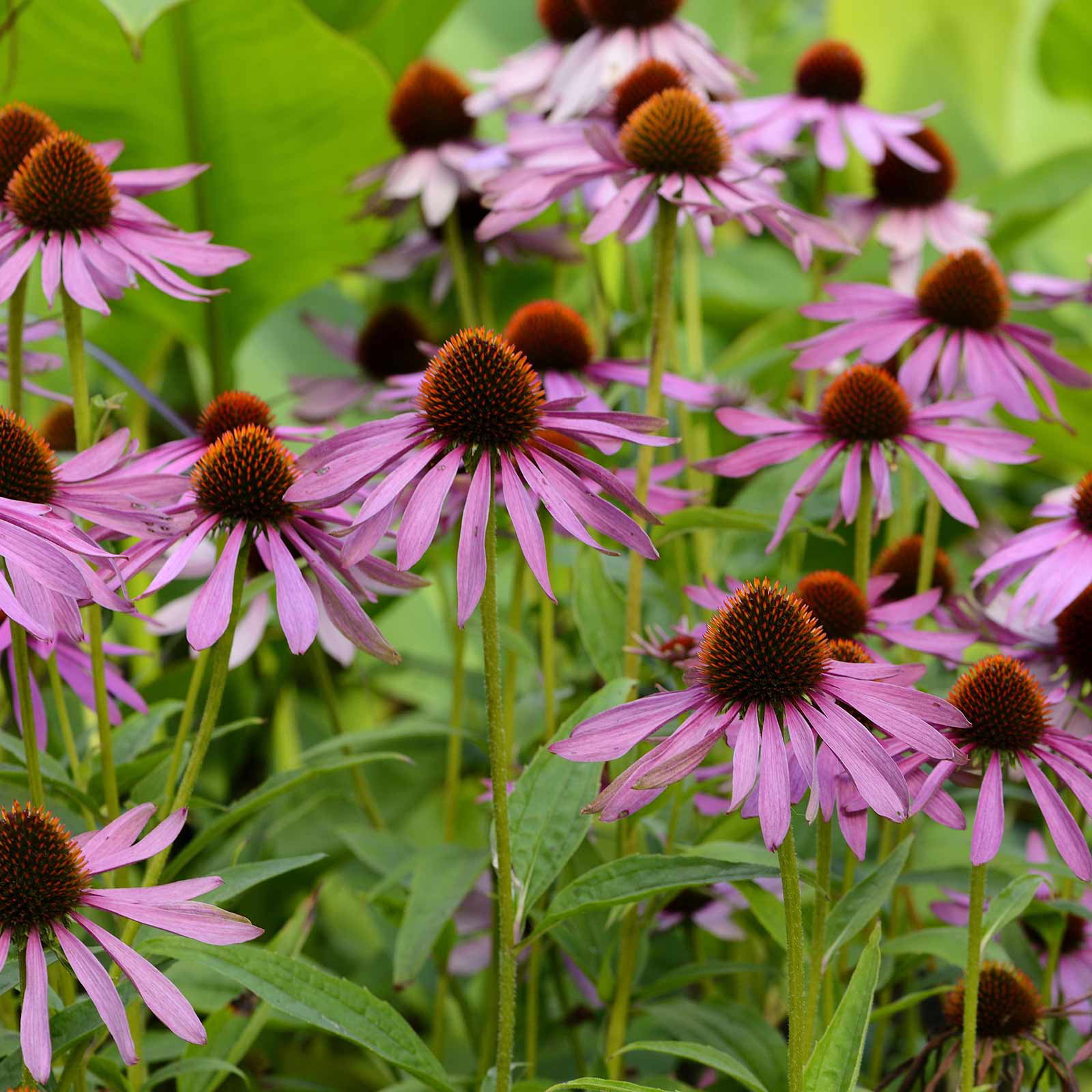


They are around 6″ long by 3″ wide at the base of the plant, and smaller as they ascend the stalk. Leaves of Echinacea purpurea are lanceolate or ovate in shape, rough to touch, and alternate on the stalk.

The stalk of Echinacea purpurea will have no leaves, and generally be at least 7-8″ long which allows it to fit most vases. Įchinacea makes a great cut flower because of the long, strong stalk. There is also some purple streaks on the stalk. The stem is light green with small white hairs, giving it a rough texture. Other studies have found that there may be some benefits on Echinacea treatments that are made from the aerial parts of the plant.

Research has shown that taking certain Echinacea products can reduce the odds of developing a cold by 58%, and reducing a cold’s duration by 1-2 days. Rabbits and deer will browse the foliage when young and tenderīumblebee having a little nap on Echinacea Health Benefits of Echinacea purpureaĮchinacea has been used as a preventative, and threaputic for the common cold.Birds (particularly finches) will eat the seeds.Caterpillars of the Silvery Checkerspot and several moths will feed on the plant.As a nectar source, Echinacea purpurea will attract butterflies.Wildlife benefits of Echinacea PurpureaĪs a native plant, Echinacea purpurea provides value to many forms of wildlife. At home in exposed flower beds, these plants will be able to withstand strong winds and look great all growing season. These stems will produce blooms that are long-lasting with vibrant shades of purple and pink. Aesthetic benefits of Echinacea purpureaĮchinacea makes dark green, lush foliage at its base that will give way to long hairy stems. Echinacea purpurea with Rudbeckia planted as a companion Echinacea Purpurea Reference Table Scientific nameĮastern United States, USDA Zones 3-9 Įchinacea purpurea has many benefits from aesthetics, ecological, and health. Echinacea purpurea has high value to wildlife of all kinds. The native range is meadows, prairies, roadsides, and open woods. The foliage has a rough texture, and is browsed by rabbits and other herbivores. The long stems make this an excellent cut-flower. This large multi-stemmed perennial will bloom for months beginning in Summer, and extending to frost if deadheaded. Blooming from summer to fall, this showy flower attracts bees, butterflies and hummingbirds to your garden.
PURPLE CONEFLOWER SEEDLING IDENTIFICATION FULL
Commonly known as Purple Coneflower, this species typically grows 3′ tall and prefers full sun with well-drained soil.
PURPLE CONEFLOWER SEEDLING IDENTIFICATION HOW TO


 0 kommentar(er)
0 kommentar(er)
